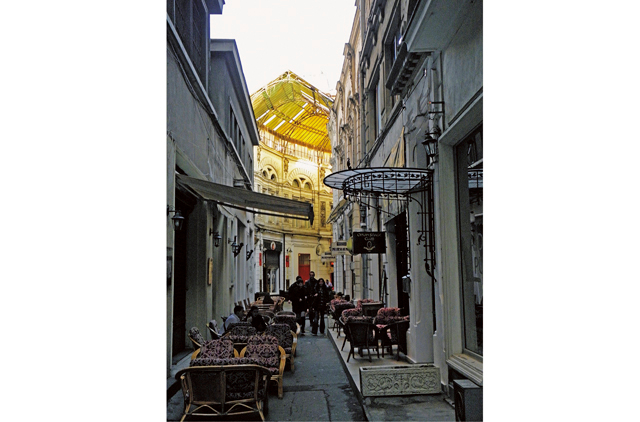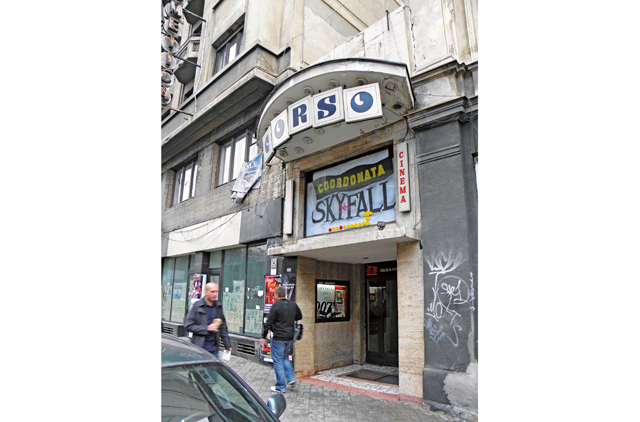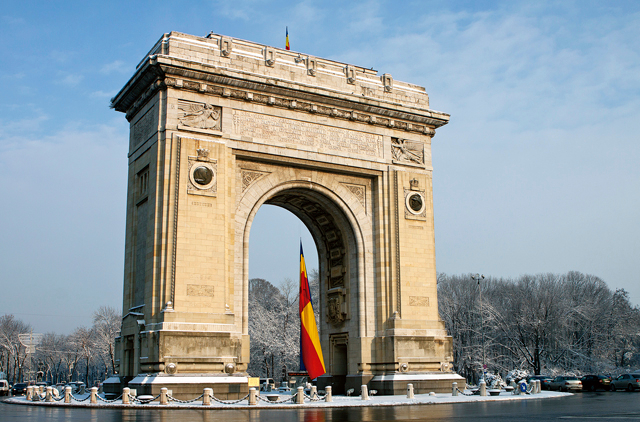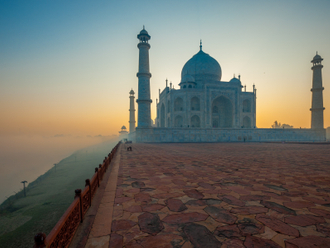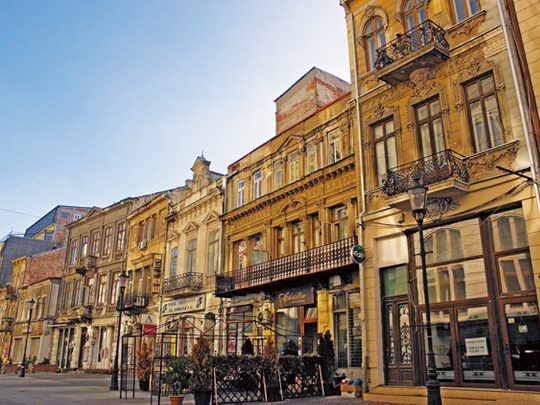
I blame Dracula for Bucharest’s low profile. When author Bram Stoker decided to root his Gothic horror novel in Romania’s central region of Transylvania, he inadvertently ensured that the country’s capital, tucked away in the south, would never be its premier tourist draw. As if the world’s most famous blood-sucker isn’t enough to contend with, it also has the misfortune of being yet another ex-Communist Bloc city whose name begins with B.
Think about it. Bucharest, Budapest Belgrade, Berlin, Bratislava, Baku… It’s only a matter of time before they’re the subject of an offbeat travel series on an obscure TV channel. Add to this the memories of the 1989 revolution (in which dictator Nicolae Ceausescu and his wife were executed), endless news footage of orphans in asylums and the obligatory grey buildings designed by architects with an aversion to curves, and a visit to Bucharest sounds distinctly unappealing.
Yet this is a city that is quickly catching up with the more affluent half of Europe and has much to offer those exploring its surprisingly genteel streets. Arriving at Henri Coanda Airport on a wet Thursday evening in early November, I made straight for my hotel on Berthelot Street, grabbed a map from reception and spent the evening in my room, listening to the pelting rain and plotting a route for the following day that would take me past several sites of interest.
Through a mixture of forgetfulness and lack of time, I’d neglected to buy a guidebook, so I decided to discover Bucharest for myself, sans Lonely Planet. The next morning, the sun shining and the temperature a tolerably cool 17 degrees, I headed south from the hotel and found myself at the entrance of Cismigiu Gardens, the oldest and – despite being a compact 17 hectares – largest park in the city’s central area.
Built in 1847 and looking like it hasn’t seen a lawnmower or cutting shears since, it’s a bit of an eerie mess, with several weed-clogged ponds and gnarled, half-dead trees canopying ghostly marble statues of Romanian statesmen, royalty and other notables who peer out from the gloomy foliage. Imagine the Hanging Gardens of Babylon conceived by Tim Burton and you’re almost there. Walking through this labyrinth of botanical curiosities made me want to ensconce myself in one of its rickety benches and get lost in an Edgar Allan Poe.
Exiting Cismigiu Gardens on its south side, I walked along Regina Elisabeta Street for several hundred metres and popped into one of the many sweet-smelling bakeries for a covrig – a type of pretzel lavishly topped with poppy seeds and rocksalt. Every other person on the street seemed to be eating one and I understood why. They were cheap, tasty and easy to eat while on the move – street-food perfection.
From Regina Elisabeta, I turned down Calea Victoriei Street and on to Lipscani Street. A stone’s throw from the Curtea Vache area, it’s packed with designer bars, cafés and restaurants and therefore exerts a strong gravitational pull on the city’s youth. I stopped for a tea in the stylish Café Klein in the Rembrandt Hotel before passing the Museum of the Romanian National Bank, which focuses on the history of national currency (maybe some other time) and headed to the bustling Bratianu Street with its international stores such as Zara and Pull & Bear.
At the end of Bratianu Street, I turned right and headed past Piata Unirii (Unification Square), one of the largest squares in central Bucharest, originally built during the Communist era, and originally named the Boulevard of the Victory of Socialism. It was given its less pompous name after the revolution in 1989. It’s an awkwardly placed square, surrounded by noisy traffic and some of Bucharest’s less-attractive buildings.
Caescescu indelibly scarred large areas of Bucharest with his attempt to build a charmless European version of North Korea. During his reign, he ordered a large part of the city’s historic city centre – full of art-deco and neo-classical buildings – to be bulldozed and replaced with utilitarian monstrosities, the biggest and best-known of which is the imposing Palace of Parliament, situated at the end of Unirii Street, which links to Piata Unirii.
A gargantuan, light-obstructing slab of architectural hubris, it is said to be the second-largest administrative building in the world after the Pentagon and, together with its adjoining gardens, takes up a substantial chunk of the city. Known in the communist era as the People’s House, it now hosts the chamber of deputies and the senate, as well as various international events. When I was there it had been overtaken by a huge bridal exhibition – apt considering the building looks like a gigantic wedding cake that’s been crushed in a vice.
Follow Libertatii Street north and you reach the Dambovita River, an easy-to-miss, slender stretch of water that is strangely devoid of life, be it ducks or boats. Cross it at the Podul Izvor Bridge and you’re back at the corner of Cismigiu Gardens, having done a misshapen loop of the city. For your first day in Bucharest, it’s a good way to get orientated and get into the rhythm of the place.
The following day, I headed for The National Museum of Romanian History, which is situated near Curtea Veche in the historical area. Inside I found an array of headless statues, myriad stone artefacts and gold jewellery dating back to prehistoric times. It might have been interesting if more exhibits were labelled in English, but as it stands, the museum seems to be indifferent to the frustrations of non-Romanian-speaking visitors. I left after a bewildering half an hour.
I spent the rest of the day wandering around scenic Curtea Veche. It’s dense with buildings of historical interest, including The Old Princely Court Museum, once a residence of Vlad The Impaler, the inspiration behind Dracula (an enterprising nightclub owner has named his nearby premises after him). A gentle stroll away is the pretty Stavropoleos Church, which houses a collection of old religious icons from the 18th century.
For my last evening in the city, I treated myself to a meal at Vatra on Brezoianu Street. A three-storey restaurant with exposed brickwork and folk tapestry on the walls, it’s a cosy family-friendly place where, half-way through your meal, a couple in traditional Romanian costumes suddenly appear and perform a chaste dance routine to an accordion-led ditty.
The food was equally charming. I chose chicken stuffed with vine leaves and polenta, and had a slice of creamy dragus cake, which was laced with mandarin oranges and walnuts. Delicious. Bucharest might lack Dracula’s profile, but like a vampire bite to the neck, it certainly leaves its mark.


